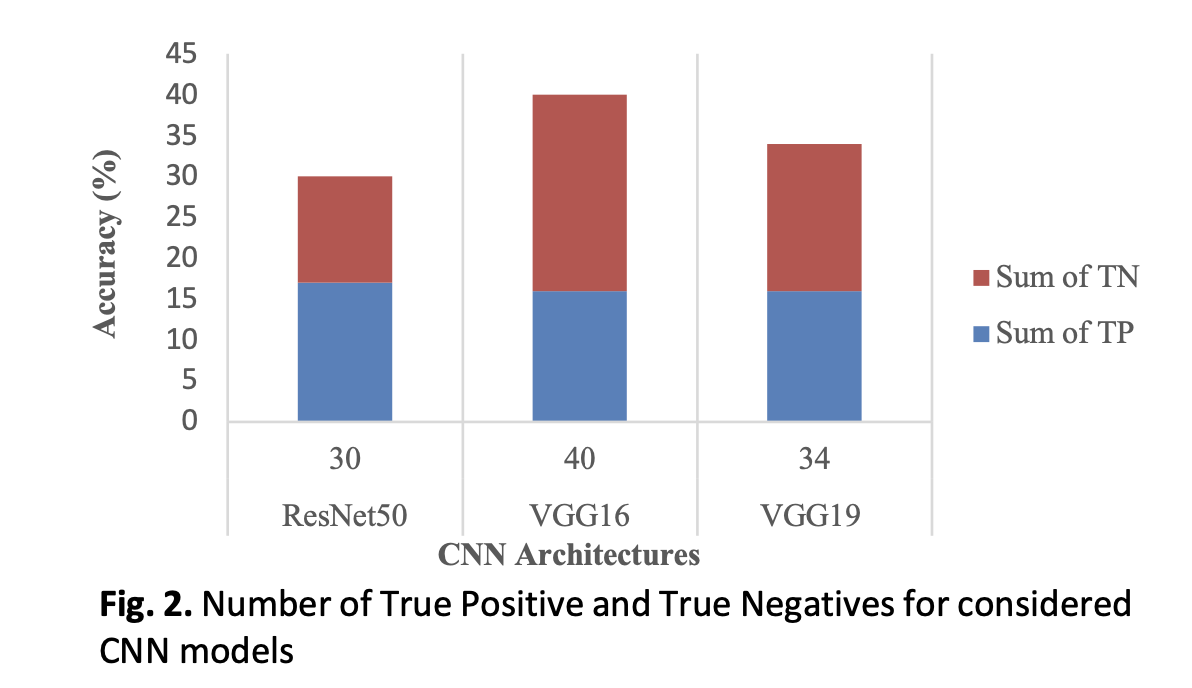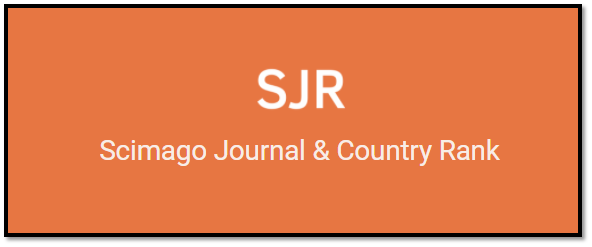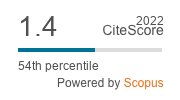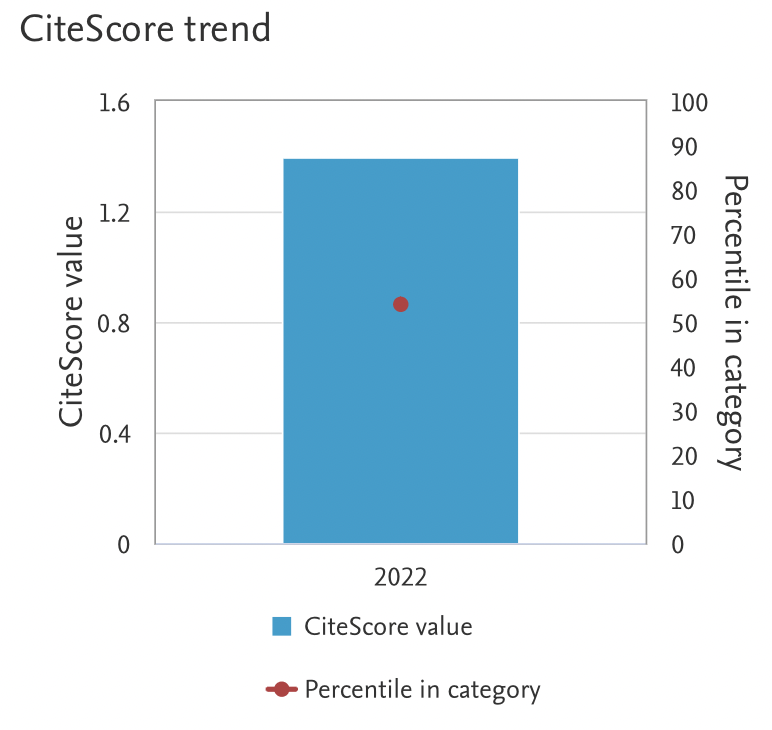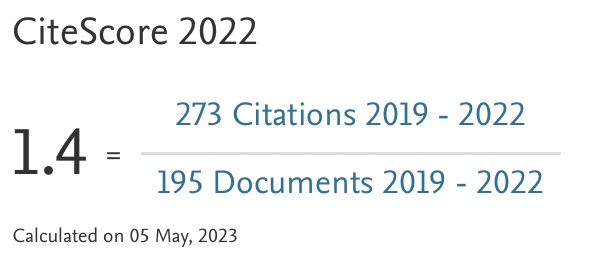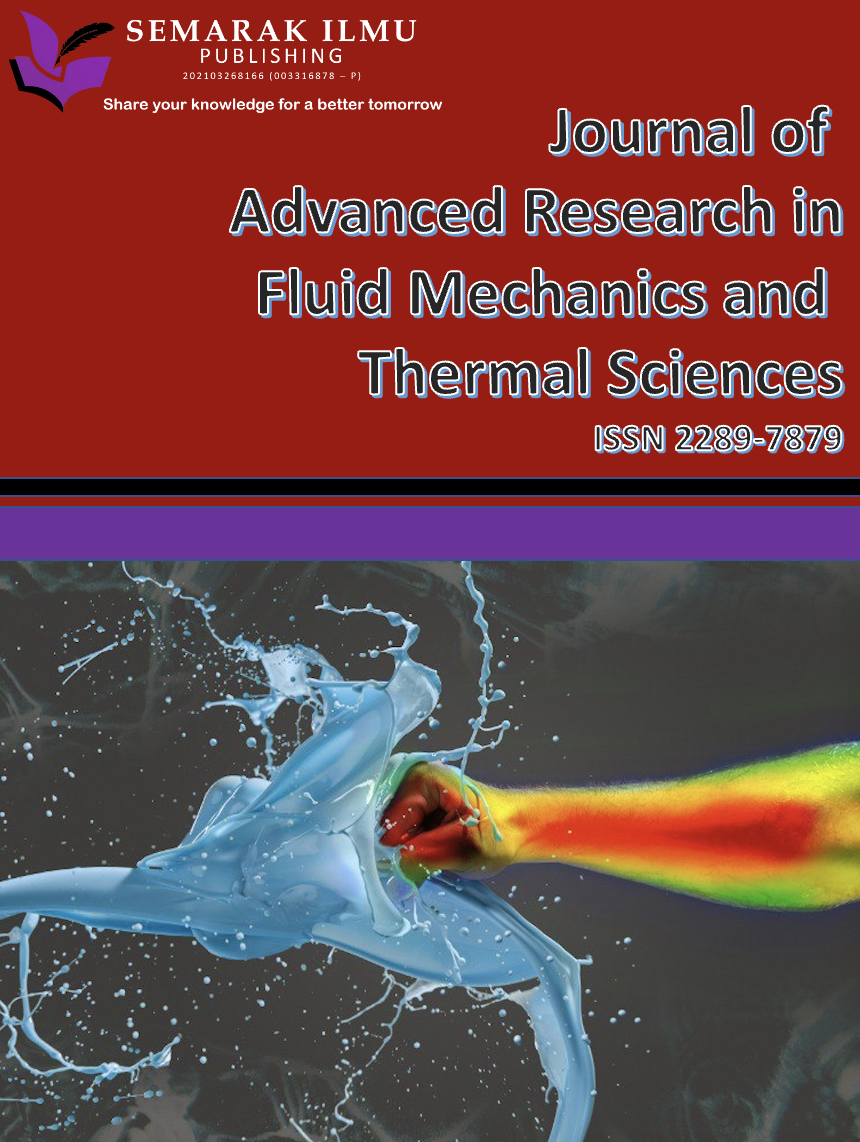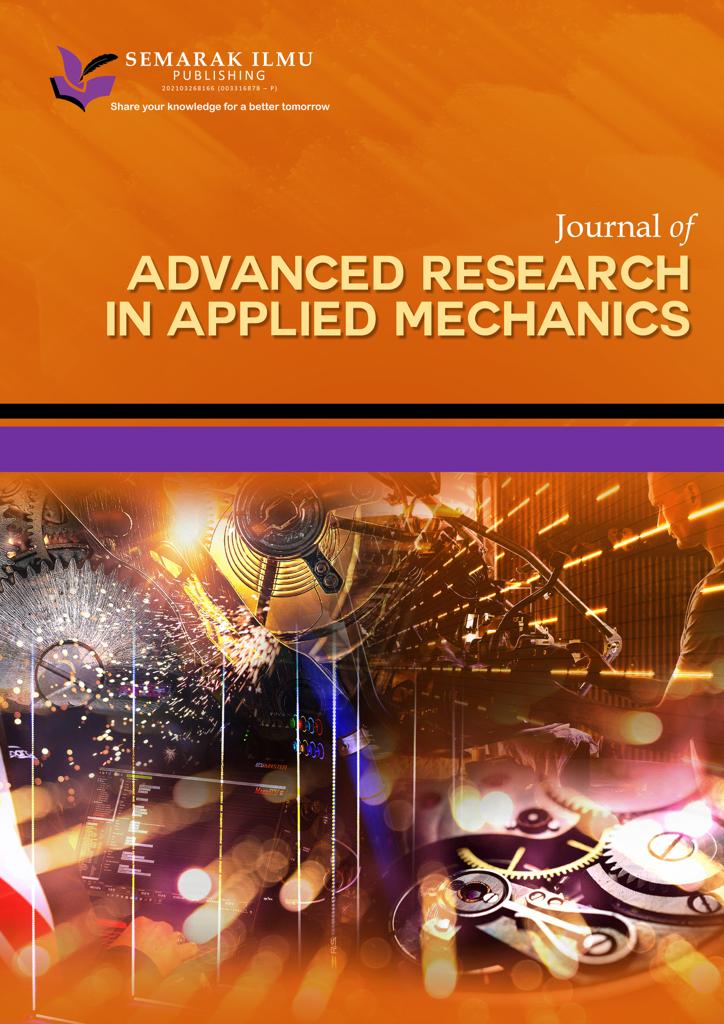Comparative Analysis of Deepfake Image Detection Method Using VGG16, VGG19 and ResNet50
DOI:
https://doi.org/10.37934/araset.47.1.1628Keywords:
Deep fake image detection, convolutional neural network, VGG16, VGG19, ResNetAbstract
In the rapidly evolving digital landscape, the proliferation of online image and video sharing has reached unprecedented levels. This surge has been accompanied by the emergence of deepfake technology, powered by generative adversarial networks and deep learning techniques, enabling the creation of highly realistic fabricated images and videos. Consequently, the widespread dissemination of deepfake content on social media platforms has prompted the global community to seek effective methods for detecting and combating this issue. Recognizing that Artificial Intelligence (AI) has played a significant role in propagating deepfake challenges, researchers and experts believe that AI can also provide viable solutions. In this study, we explore the application of AI for deepfake image detection. Specifically, we focus on three convolutional neural network (CNN) algorithms—VGG16, VGG19, and ResNet—for this purpose. To evaluate the performance of these CNN models, a dataset comprising 1,200 images, including a combination of fake and real images, was utilized. The deepfake images were generated using FaceApp, a prominent tool for creating manipulated visuals. Our findings demonstrate that VGG19 outperforms both VGG16 and ResNet50, achieving an impressive accuracy rate of 98% on the test dataset when small size is small. By harnessing the power of AI, particularly through the application of CNN algorithms, this research makes a significant contribution to the field of deepfake image detection. The results underscore the efficacy of VGG19 in accurately identifying manipulated images, thereby providing valuable insights for the development of robust detection systems to combat the proliferation of deepfakes in today's digital world.
